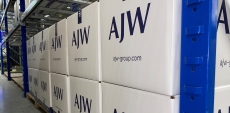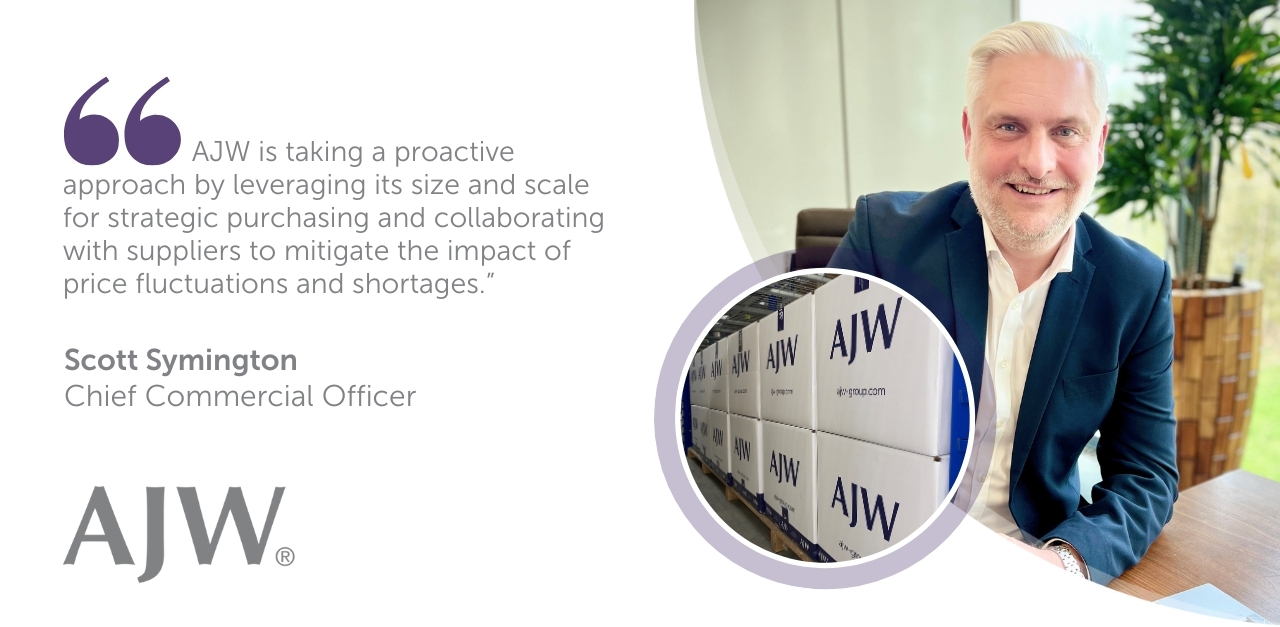

24/7 AOG Critical Response
Hotline![]() UK +44 1403 798888US +1 877 780 2008
UK +44 1403 798888US +1 877 780 2008
Our award winning global AOG service is manned 24 hours a day, 365 days a year.
Please call +44 1403 798888 or email aog@ajw-group.com.

31 Mar 2025

The commercial aftermarket is thriving; however, operators and third-party MRO providers are growing increasingly frustrated with OEMs as global supply chain issues and a shortfall of new products put pressure on their operations. How are MROs dealing with this increased pressure while maintaining efficient turnaround times? MRO Digest investigates.
MRO Digest speaks to global MRO companies to learn more about their frustrations with OEMs.
One of the most common issues raised is inconsistencies in both pricing, the availability of components and parts, and a lack of communication and customer service.
MRO Digest talk to Scott Symington, Chief Commercial Officer at AJW Group, to ask his opinion on this subject.
“Decision-making seems to take forever,” Symington confirms. He elaborates, stating that these delays have continued, despite discussions with OEMs on how to provide component MRO support.
Symington states that it is challenging to balance the need for reliable OEM support with the flexibility operators and MROs require to manage costs and efficiency. “The rising cost of materials with catalogue list prices has led to greater regionality in MRO sourcing. OEMs should be working to address capacity constraints by sharing services globally and collaborating with customers and logistics partners,” he says.

MRO Digest observe that while Airbus and Boeing are beginning to speed up their delivery targets, their efforts are still not sufficient to offset the backlog of delays and shortages. In this landscape, what do MROs predict for the future of their operations?
“Aircraft delivery delays and in-service issues will continue to put further pressure on MROs like AJW Technique, making effective inventory strategies more important than ever,” states the Group’s Chief Commercial Officer.
To prepare for this circumstance “AJW is taking a proactive approach by leveraging its size and scale for strategic purchasing and collaborating with suppliers to mitigate the impact of price fluctuations and shortages. By building inventory pools ahead of potential pricing reviews, we’re ensuring accessibility and distribution of inventory to our regional customers.”
“Looking ahead, greater collaboration, transparency and innovation in the aftermarket space will be key to overcoming these challenges and ensuring a more resilient and efficient industry,” Symington concludes.